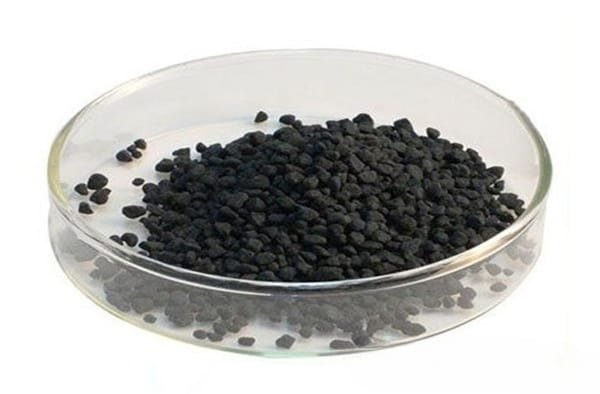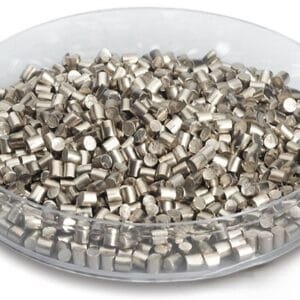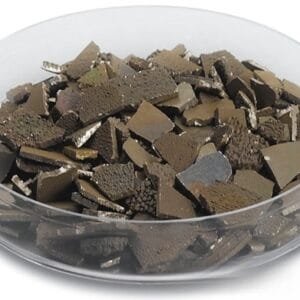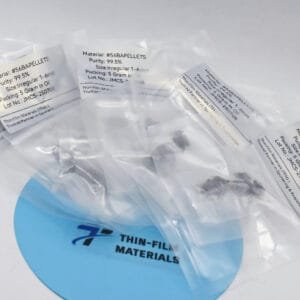Germanium Selenide Evaporation Materials Overview
Germanium selenide, represented by the chemical formula GeSe₂, is a high-purity selenide ceramic used in evaporation processes. This material is essential for producing high-quality thin films in various deposition methods. TFM specializes in manufacturing germanium selenide with purity levels reaching up to 99.9995%, ensuring exceptional product reliability.
Specifications of Germanium Selenide Evaporation Materials
| Material Type | Germanium selenide |
| Symbol | GeSe2 |
| Appearance/Color | Black |
| Melting Point | 667 °C (1,233 °F; 940 K) (decomposes) |
| Density | 5.56 g/cm3 |
| Purity | 99.9% ~ 99.99% |
| Shape | Powder/ Granule/ Custom-made |
Applications
Germanium selenide is used in several deposition techniques, including semiconductor deposition, chemical vapor deposition (CVD), and physical vapor deposition (PVD). It is particularly useful in optics for applications such as wear protection, decorative coatings, and display technologies.
Packaging and Handling
To ensure the quality and integrity of germanium selenide, materials are carefully tagged and labeled. We take great care to prevent damage during storage and transportation.
Contact Us
TFM is a leading manufacturer and supplier of high-purity germanium selenide evaporation materials. We offer various forms, including tablets, granules, rods, and wires, with customization options available upon request. We also provide evaporation sources, boats, filaments, crucibles, heaters, and e-beam crucible liners. For current pricing and inquiries about materials not listed, please get in touch with us.


 MSDS File
MSDS File



Reviews
There are no reviews yet.